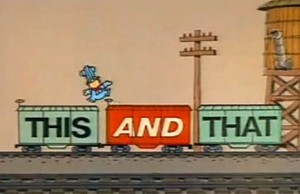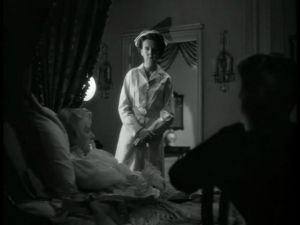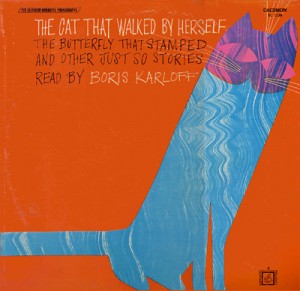Fairytales and superhero adventures seeped into our own narratives when we were kids. Mine was The Snow Queen by Hans Christian Andersen. I didn’t realize then how much of the story was about truth and reflection.
Towards the end of the tale, the Snow Queen sits on her Mirror of Reason in her ice palace. Her mirror is an alternative to another mirror invented by a hobgoblin:
” a mirror with this peculiarity, that every
good and pretty thing reflected in it shrank away to almost nothing.
On the other hand, every bad and good-for-nothing thing stood
out and looked its worst. The most beautiful landscapes reflected in
it looked like boiled spinach, and the best people became hideous,
or else they were upside down and had no bodies. Their faces were
distorted beyond recognition, and if they had even one freckle it
appeared to spread all over the nose and mouth. ”
from Stories from Hans Christian Andersen with Illustrations by
Edmund Dulac, the Pennsylvania State University,Electronics Classics Series, 2007
After the hobgoblin’s mirror shatters it disintegrates into grains of sand which lodge in people’s eyes and cause them to see the worst in everything.
The Snow Queen finds a child who doesn’t know that shards of the hobgoblin’s mirror have infected his eyes. She kisses him and numbs him to the pain of seeing only ugliness. He looks at her and thinks she’s beautiful.
When I was little I wrote a story called the Snow Queen. I was reminded of it yesterday while listening to Stephen King read from his book, On Writing. As a child he once showed his mother a story he’d written. She loved it and asked him, because he was so little, if he’d really made it up and he confessed that he hadn’t. He had rewritten a story he liked. And he told the truth.
I’m pretty sure that I truly believed that my rewrite was original. I remember being surprised when I got a little older and discovering that there was a well-known fairytale called The Snow Queen.
Echos and mirrors.
Which childhood heroines did you echo and make your own?



